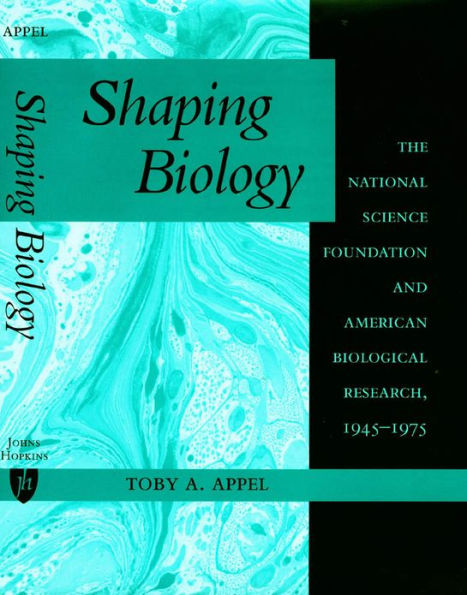From the Publisher
Shaping Biology will interest historians of science, biologists, anyone who has dealt with NSF, anyone who has worked there, and anyone interested in American science policy since World War II, because so much of what is written on that topic is focused on NSF. It was especially refreshing to see Vannevar Bush and the origins of NSF from the point of view of biology, because just about everything written on him and the founding is all about the history of physics. The book is clearly written and incorporates research from previously unused collections.—Margaret RossiterCornell University, author of Women Scientists in America: Before Affirmative Action, 1940-1972
Margaret RossiterCornell University
Shaping Biology will interest historians of science, biologists, anyone who has dealt with NSF, anyone who has worked there, and anyone interested in American science policy since World War II, because so much of what is written on that topic is focused on NSF. It was especially refreshing to see Vannevar Bush and the origins of NSF from the point of view of biology, because just about everything written on him and the founding is all about the history of physics. The book is clearly written and incorporates research from previously unused collections.
— Margaret RossiterCornell University, author of Women Scientists in America: Before Affirmative Action, 1940-1972
Margaret Rossiter
Shaping Biology will interest historians of science, biologists, anyone who has dealt with NSF, anyone who has worked there, and anyone interested in American science policy since World War II, because so much of what is written on that topic is focused on NSF. It was especially refreshing to see Vannevar Bush and the origins of NSF from the point of view of biology, because just about everything written on him and the founding is all about the history of physics. The book is clearly written and incorporates research from previously unused collections.
— Margaret RossiterCornell University, author of Women Scientists in America: Before Affirmative Action, 1940-1972



